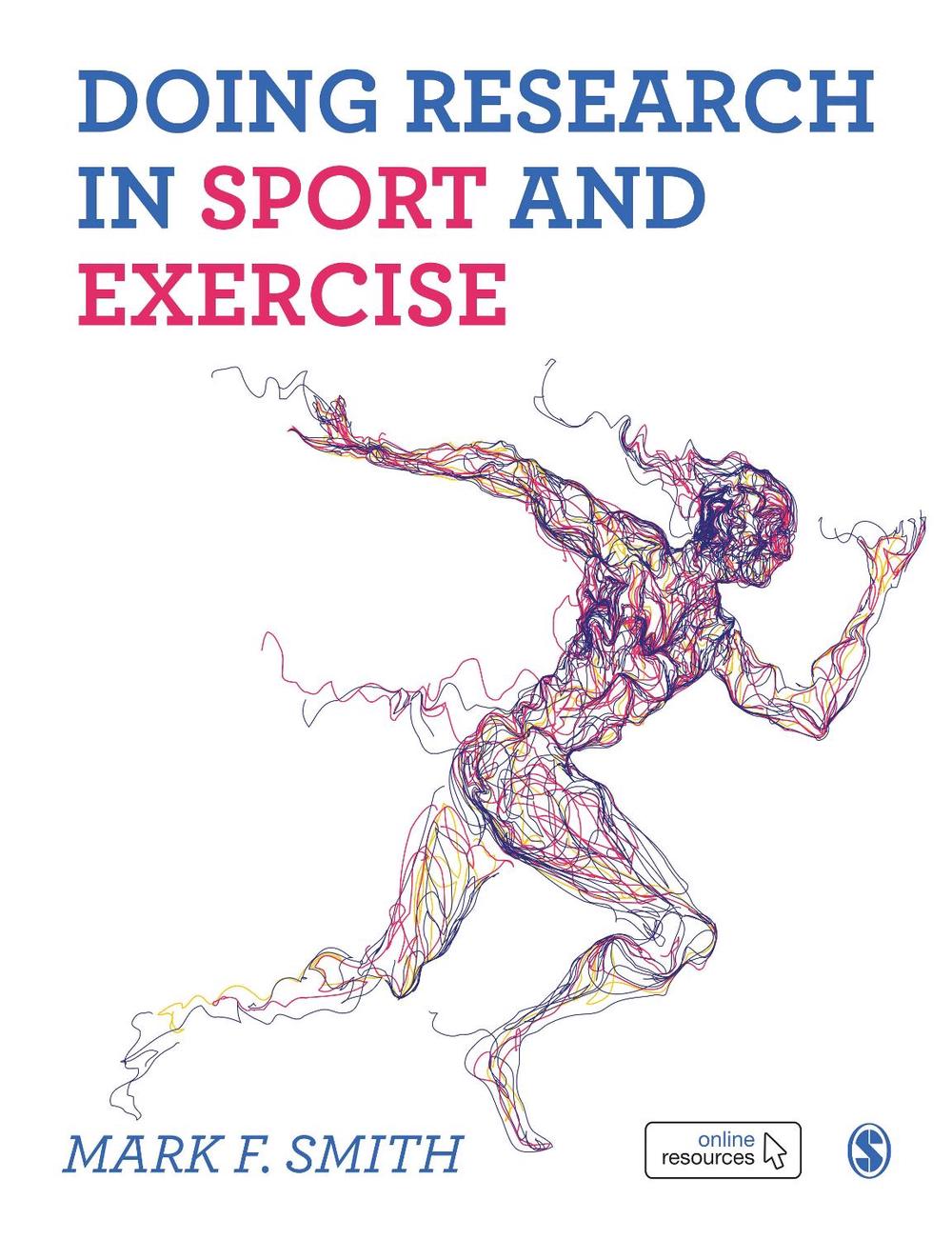
When you click on links to various merchants on this site and make a purchase, this can result in this site earning a commission. Affiliate programs and affiliations include, but are not limited to, the eBay Partner Network.
Doing Research in Sport and Exercise: A Student?s Guide by Mark Smith (English)

- Item No : 365656420301
- Condition : Brand New
- Brand : No brand Info
- Seller : the_nile_uk_store
- Current Bid : US $97.88
-
* Item Description
-
The Nile on eBay

Doing Research in Sport and Exercise
by Mark Smith
This book walks you step-by-step through the entire research process, covering everything you need to successfully conduct a sports research project in the real world.
FORMAT
PaperbackLANGUAGE
EnglishCONDITION
Brand New
Publisher Description
Split into five sections that cover your whole research journey, this book captures everything you need to understand to do a sports research project. From getting started with a research question and selecting a research approach to choosing a method of data collection and analysing and presenting research findings, it walks you step-by-step through the entire research process. The book also: Showcases a diverse range of approaches, including experiments, surveys, focus groups, interviews, systematic reviews and mixed methods, to help you choose the best option for your project.Focuses on applied research, showing you how to go beyond the classroom, conduct research in the field and manage and analyse data in the real world.Explores how your supervisor can support you to get the most out of your project. Features include over 40 student activities that encourage you to think more deeply about what you've learned, nearly 50 case studies highlighting research from real-world students and sport researchers, and reflection points, to help you check your understanding.
For students across courses relating to Sport & Exercise Science, Coaching Practice & Development, PE and Sport, this book is a down-to-earth guide to help anyone doing a research project in sport and exercise.Table of Contents
Part I: Mapping your research journeyChapter 1: The context of sport and exercise researchChapter 2: Getting started - the research processChapter 3: Managing yourself through a research projectChapter 4: Working with your supervisorPart II: Starting your research projectChapter 5: Generating ideas and developing questionsChapter 6: Reviewing the literature (why, when and how?)Chapter 7: Developing a research proposalChapter 8: Working safely and effectively – a matter of ethicsPart III: Selecting your research approachChapter 9: Selecting an appropriate research strategyChapter 10: Systematic review research strategyChapter 11: Experimental research strategyChapter 12: Correlational research strategyChapter 13: Case study research strategyChapter 14: Survey research strategyChapter 15: Ethnographic research strategyChapter 16: A mixed-research design approachPart IV: Choosing your data collection methodsChapter 17: Recruiting and involving participants in researchChapter 18: 'Clinical' data collection methodsChapter 19: 'Observational' data collection methodsChapter 20: 'Questionnaire' data collection methodChapter 21: 'Focus group' data collection methodChapter 22: 'Interview' data collection methodsChapter 23: 'Content and discourse analysis' methodsPart V: Analysing and presenting your research findingsChapter 24: Collecting, storing and organising your dataChapter 25: Analysing your dataChapter 26: Preparing data for presentationChapter 27: Writing-up and disseminating your research project
Review
A friendly introduction to key elements of the research process, this book covers many approaches to research and includes topics not covered in similar texts. Examples give application to the concepts addressed. Easy access to sections most useful for particular projects and references to further reading and published research consolidate particular points. -- Beverley Hale
Review Quote
A friendly introduction to key elements of the research process, this book covers many approaches to research and includes topics not covered in similar texts. Examples give application to the concepts addressed. Easy access to sections most useful for particular projects and references to further reading and published research consolidate particular points.
Details
ISBN1526423839Author Mark SmithISBN-10 1526423839ISBN-13 9781526423832Format PaperbackPlace of Publication LondonCountry of Publication United KingdomShort Title Doing Research in Sport and ExerciseLanguage EnglishYear 2021Pages 560Publication Date 2021-11-29NZ Release Date 2021-11-29UK Release Date 2021-11-29Birth 1967Affiliation Indiana State University, USAPosition Consultant in Anaesthesia and Pain MedicineQualifications BSc, MSc, PGDip, CertEdFE, RN, RNT, FHEASubtitle A Student′s GuideAlternative 9781526423825DEWEY 796.072Audience Tertiary & Higher EducationPublisher Sage Publications LtdImprint Sage Publications LtdAU Release Date 2021-11-19


















